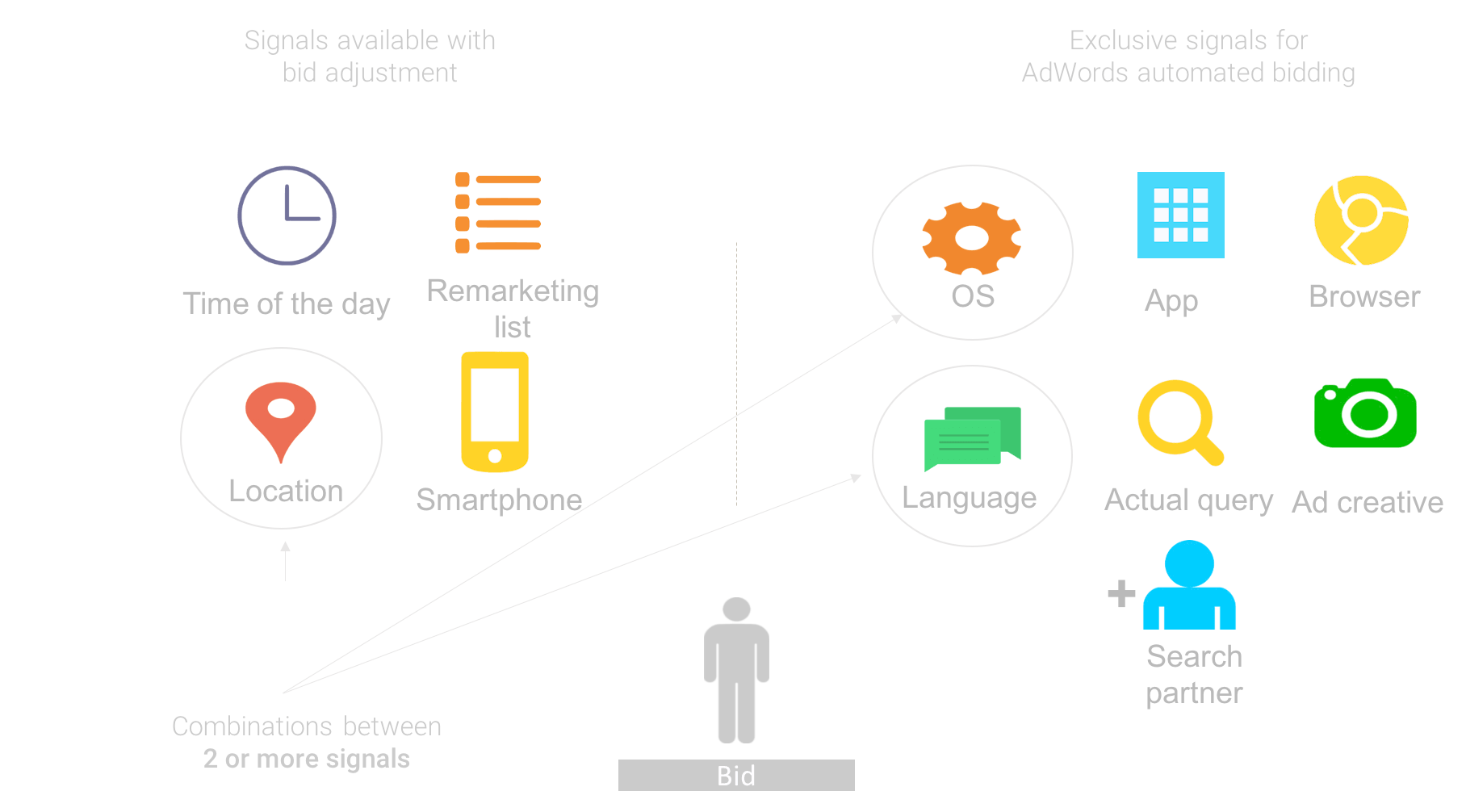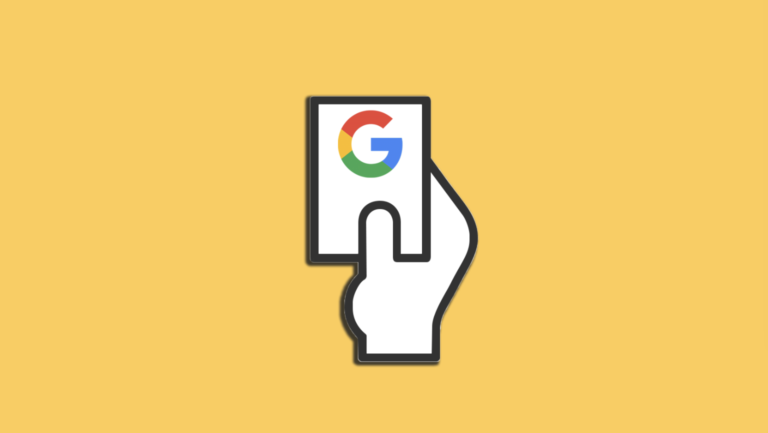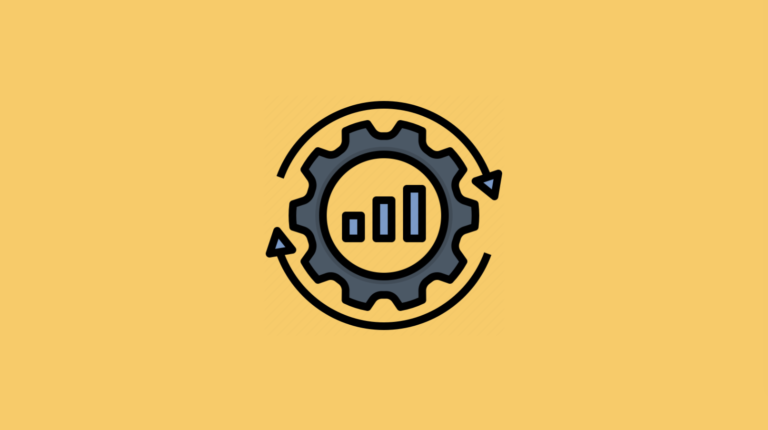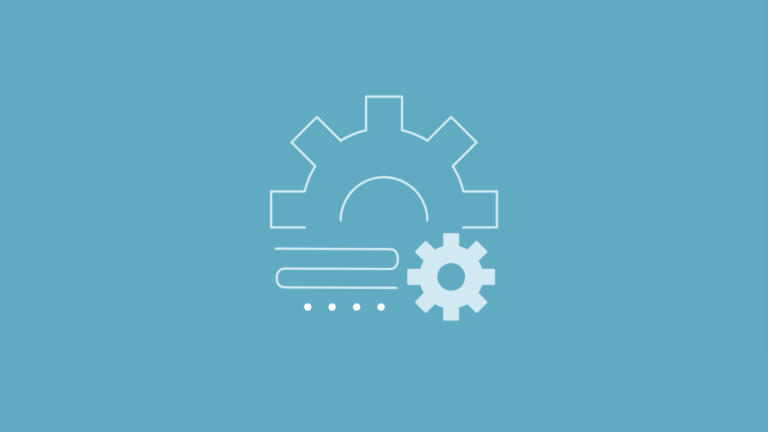Rise of the Machines: How Google AdWords Got Smarter
Update: On 7-25-2018, Google changed the name of its ad platform from AdWords to Google Ads. We are leaving this article as it was originally written with AdWords as the platform’s name.
What is machine learning?
Machine learning is an application of artificial intelligence (AI) that provides systems the ability to learn and improve from experience without being explicitly programmed automatically. Machine learning focuses on the development of computer programs that can access data and use it to learn for themselves. According to Google:
“This technology is critical to helping marketers analyze countless signals in real time and reach consumers with more useful ads at the right moments. Machine learning is also key to measuring the consumer journeys that now span multiple devices and channels across both the digital and physical worlds.”
As a company that wants to lead technological innovation, it’s natural they’d bring machine learning to the AdWords platform. This will help marketers effectively reach the proper audience and help that audience find more relevant ads. This technology, when applied properly, also allows advertisers to run more profitable campaigns, which typically leads to larger budgets which is a win for both Google and their users.
Machine learning for search campaigns
Smart Bidding
AdWords smart bidding functionality has been around for a while but 2017 brought us behind-the-scenes improvements in machine learning. When a Google search is performed, the AdWords system optimizes bids based on hundreds of ‘signals’. These signals include device, physical location, location intent, weekday and time of day, demographics, etc. The newest addition to the Smart Bidding strategies is “Maximize Conversions,” which doesn’t require a max CPA bid. This is a great way to quickly find out what the optimal CPA for a campaign is and then adjust backward to meet ROI goals.

Ad Rotation
One of the more frustrating changes for those of us who have been managing AdWords accounts for a long time has been the way that Google rotates ads. A few years back, when you set your ad to rotate evenly, they rotated evenly. Over time this setting has been less and less reliable as Google has taken more control of what ads are served at what time. 2017 made this official with the only ad rotation options being “Optimize” and “Rotate Indefinitely” since August.
After 4 months of testing, it seems that letting Google optimize the ads based on users’ past behavior through machine learning is working well for most advertisers. Furthermore, the addition of “Ad Variations” to the new interface in November 2017 has brought controlled testing back to AdWords in great, new ways and early testing has gone very smoothly.
In-Market Search Audiences
According to Google, “in-market audiences use the power of machine learning to better understand purchase intent. It analyzes trillions of search queries and activity across millions of websites to help figure out when people are close to buying and surface ads that will be more relevant and interesting to them.” This means that you can bid more if a customer searching for your product or service has done some research in the past – that’s a powerful use of AI that every advertiser should be utilizing.
Life Event Search Audiences
Similar to In-Market Search Audiences, Google also launched Life Event Targeting in 2017. This targeting option allows advertisers to target users going through a major life event, such as getting married, graduating or moving. As Google rolls out more events, this will become a very valuable tool in the AdWords toolbox.
Machine learning for display campaigns
Smart Display Campaigns
Machine learning didn’t just improve the search network last year. Google also launched Smart Display Campaigns. Here’s how they work: Enter in your account’s target CPA and budget, provide ad assets such as a headline and images and the system learns and optimizes towards your goals, automatically.
On the surface, a product like this strikes fear in the heart of agencies but it’s important to remember that “Smart” campaigns are only as smart as you tell them to be in the initial setup. Choosing the wrong goals or using untested assets could potentially be a disaster. In other words, Google’s AI is handling the drudgery of campaign management, but advertisers will still need to put in a good deal of time and effort to make sure the machines can do their job effectively.
[su_newsletter_email]
Machine learning for reporting
Data Driven Attribution
On the reporting side of things, AdWords now uses machine learning to find correlations between the millions of unique ways in which a consumer’s path could lead to a conversion and it assigns weights to the importance of each possible step. Advertisers using any of the Smart Bidding strategies discussed earlier would be wise to enable this feature in their accounts as well. After all, if you’re going to let the machines manage your bids you better give them as much data as possible.
What will 2018 bring?
While 2018 won’t be the year that the machines take our jobs, they will continue to make our lives easier. The list of daily PPC management tasks has decreased over the years as we’ve outsourced more and more of our routine tasks to automated solutions. At Greenlane, this has freed up time on our account managers’ schedules to think bigger for their clients. Landing page creation and optimization continue to drive better and better results for our B2B clients and we are helping them create beautiful assets that their visitors are eager to download. On the e-commerce side, we are optimizing conversion rates by simplifying the checkout process, testing product page layouts, and improving product feeds. Have the machines made your life easier? Let us know how in the comments!






